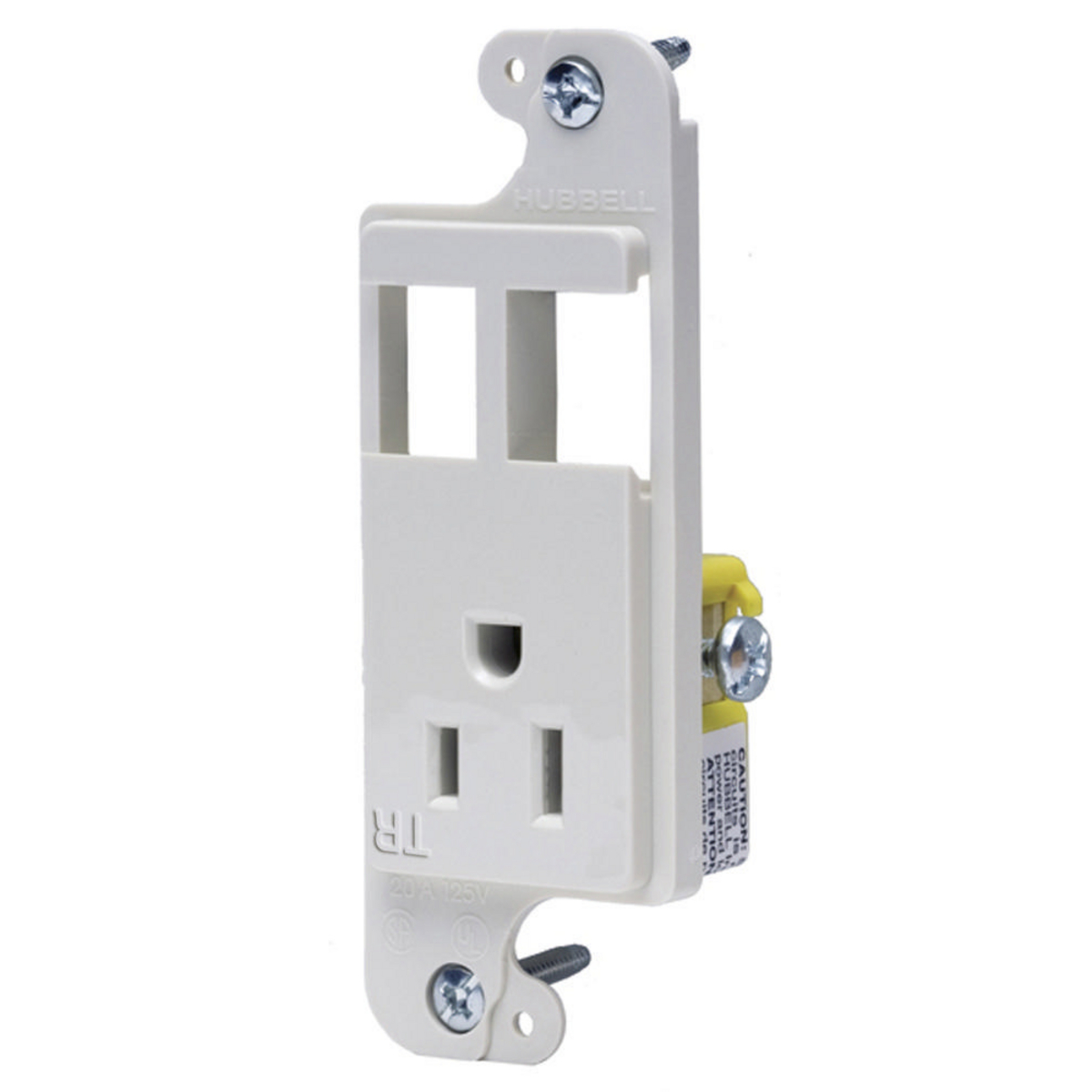mikeames
Senior Member
- Location
- Gaithersburg MD
- Occupation
- Teacher - Master Electrician - 2023 NEC
0-10v has been discussed before but no consistent solutions.
How do you connect the 0-10v portion with a fixture like this? It plugs in, but if this goes in a garage and is to be dimmed how is that connection done properly. I know how to wire it electrically but the 18awg 0-10v volt conductors connect how???? Drill a hole in the plate and feed the conductors from the fixture into the box. Seems like a hack. The cable used for the branch circuit is "Duo Cable" Seems like the industry is behind a bit with products.

Duo Cable

How do you connect the 0-10v portion with a fixture like this? It plugs in, but if this goes in a garage and is to be dimmed how is that connection done properly. I know how to wire it electrically but the 18awg 0-10v volt conductors connect how???? Drill a hole in the plate and feed the conductors from the fixture into the box. Seems like a hack. The cable used for the branch circuit is "Duo Cable" Seems like the industry is behind a bit with products.

Duo Cable



